An Ideal transformer (Tx) would have no resistance (R), and no inductance (X), and no capacitance (C). But it does. Normally no significant capacitance, but the impedance (Z) can be described as shunt and series components. NOTE: the values are defaults from CircuitLab, not nominal field values.

simulate this circuit – Schematic created using CircuitLab
Beware, a transformer may not be constructed for the full thermal losses that the series and shunt impedances may create at the rated voltages, duty cycle comes into the design of a transformer in it's normal purpose, re-purposing a transformer may not suit and will fail after a time.
A Transformer has characteristics that are made of the resistance of the copper, magnetic resistance of the core, and inductances characterised by the interactions of magnetic fields on parallel current paths. These can all be measured. They can be academically modelled too, but that's real science, not just hobby science.
Wikipedia explains how to measure it: https://en.wikipedia.org/wiki/Open-circuit_test AND https://en.wikipedia.org/wiki/Short-circuit_test
Now, add in 'Referred Impdeances', where the impedance of the load may be reflected onto the primary by multiplying the impedance by the turns ratio.

simulate this circuit
Power in a load is retained, but R3', L3' and C3', where the dash denotes reflected, now appear on the primary side of the schematic.
Now lets assume what i've drawn is a MOT, and it's not 240:24 (which made the math easiler), it's now 240:3000ish.
Reflecting impedance across the transformer is what we're doing when we short the secondary of the MOT. We are referring across the resistance of a piece of wire to the primary side, so R3 becomes a near-short, making L1, R1, L3, R3 & C3 insignificant. Only the series impedance (R3 // L3) of the transformer now form part of the circuit. Specifically, in a MOT Arcing situation, we are using it as a Ballast Inductance.
As every first timer electronics student will hear, Inductors Oppose Change. then you learn tau = RL blah blah blah. So we use that inductance to provide power from its magnetic circuit to keep up the arc when the ionised air might be trying to dissipate and blow out the arc.
In theory, we would achieve the same benefit if it was in the primary, or secondary, that is for a steady-state analysis we would. Nothing steady-state about Arcs.
In practice, by putting the inductor closer to the arc, that power doesn't have to be delivered through the step-up MOT(s), which would oppose the increased power the inductor-MOT is trying to deliver.




